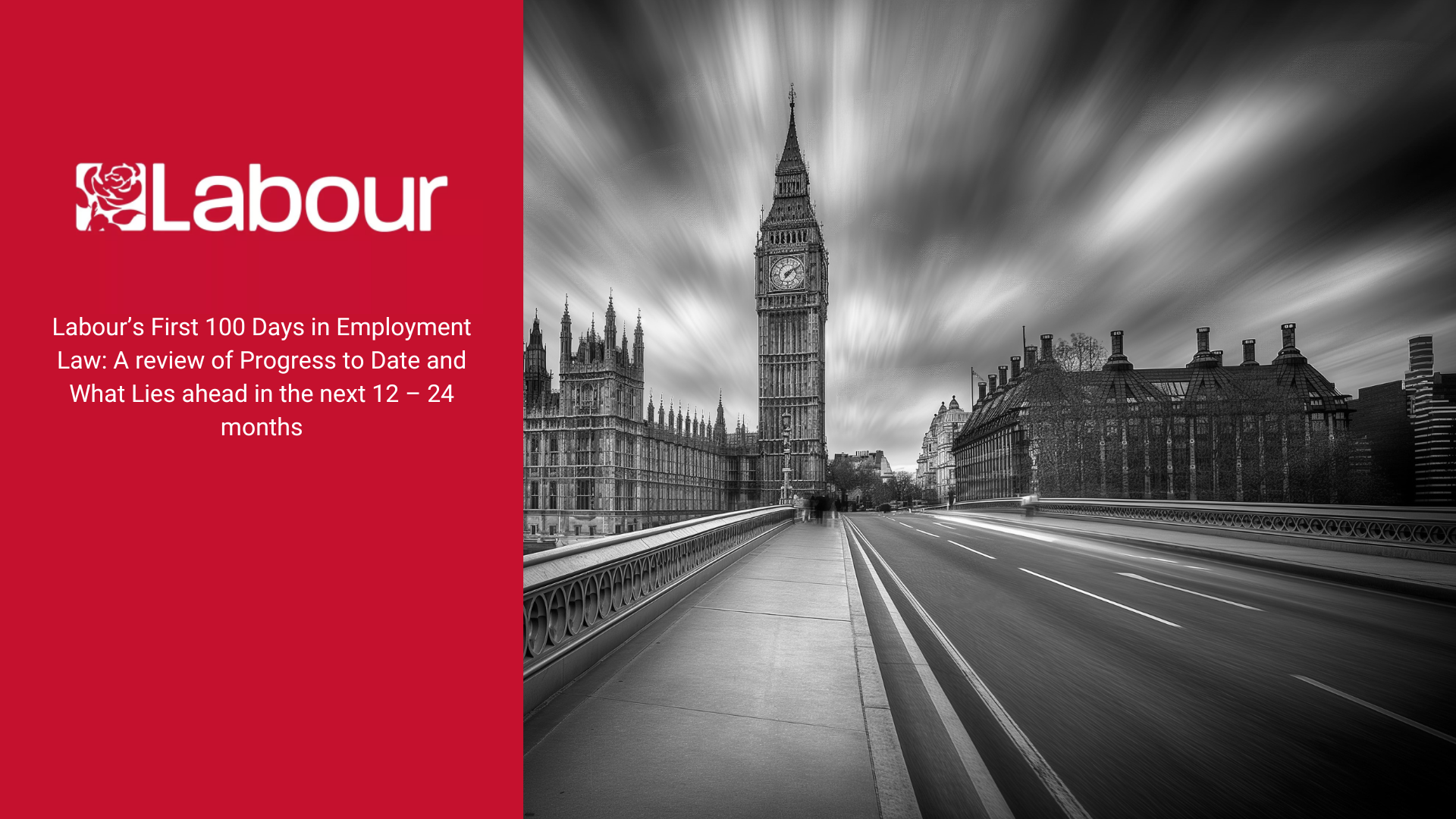What is constructive dismissal? And, how do I prove it?
If you feel you have been forced to leave your job because your working situation has been made extremely difficult, you may be entitled to claim for constructive dismissal.
What is constructive dismissal?
Constructive dismissal occurs when an employee is forced to leave a job because they feel they have no choice, as a result of something their employer has done.
To bring a claim, the individual must have been an ‘employee’, and must have worked for their employer for a minimum period of two years. The claim must be brought within three months (less one day) of the date they resigned.
Conduct that could give rise to constructive dismissal
An employee is entitled to resign if their employer fundamentally breaches the terms of their contract.
The breach could relate to an express term of the contract of employment (i.e. written into the contract) such as not paying an employee’s wages.
It could also relate to an implied term of the contact, e.g. if an employer bullies an employee, resulting in the deterioration of trust in the working relationship.
Whether the conduct of the employer amounts to breach of contract may ultimately have to be decided by a tribunal, as it is not always easy to prove.
How do you prove constructive dismissal?
This will be easier in some situations than others. For example, if an employee has not been paid, this will be relatively easy to prove.
Whatever the circumstances, it is important to gather as much information as possible.
Considerations when seeking to prove constructive dismissal
Chronicling of events
If you are still employed, take notes of events as they unfold, so you have a clear record of what happened and what was said. Make sure your notes are dated.
If you have already left, start making notes of what happened as soon as possible, while events are fresh in your mind. You will want a detailed timeline of what happened.
Building an evidence archive
Keep copies of all correspondence: emails, text messages, and letters. If you raise a grievance, ensure you do so in writing and keep a record of your employer’s response. If something happens online, try to screenshot it.
Obtaining statements
Try to get witness statements from other employees who may have witnessed events, or who have important first-hand information about what happened.
Building a demonstrable case
When trying to prove constructive dismissal, think about what other evidence may be helpful. For example, if you were demoted, build a picture of your performance and conduct by getting copies of your disciplinary records and staff appraisals to show the action was not warranted.
It is not always easy to know where to look for proof of constructive dismissal, so you may find it helpful to seek legal advice on this as soon as possible.
What other factors may be considered?
Your behaviour in response to your employer’s conduct is likely to be relevant. For example, did you immediately raise a grievance with your employer, which they then failed or refused to deal with? Did you leave without notice in immediate response to your employer’s conduct (or their failure to deal with your grievance)?
You must be able to show that your resignation was as a direct result of what your employer did.
If you wait a month while you get another job, it could undermine your claim. (It could be argued you left because you got a new job, not as a direct result of what your employer did.)
Obtaining professional legal advice
If you have not left yet, you should speak to your employer and try to resolve the issues. If this does not work, file a grievance report. The final course of action will be to leave without notice. However, you should obtain legal advice before you resign.
If you have already left, you will need to bring a claim within three months. Again, seeking professional legal advice is recommended.
At Springhouse, our team of experienced employment law solicitors can advise you reliably and clearly on matters relating to constructive unfair dismissal, whether your position is untenable or you have already been forced to leave.
For an initial discussion about your circumstances, get in touch today.







